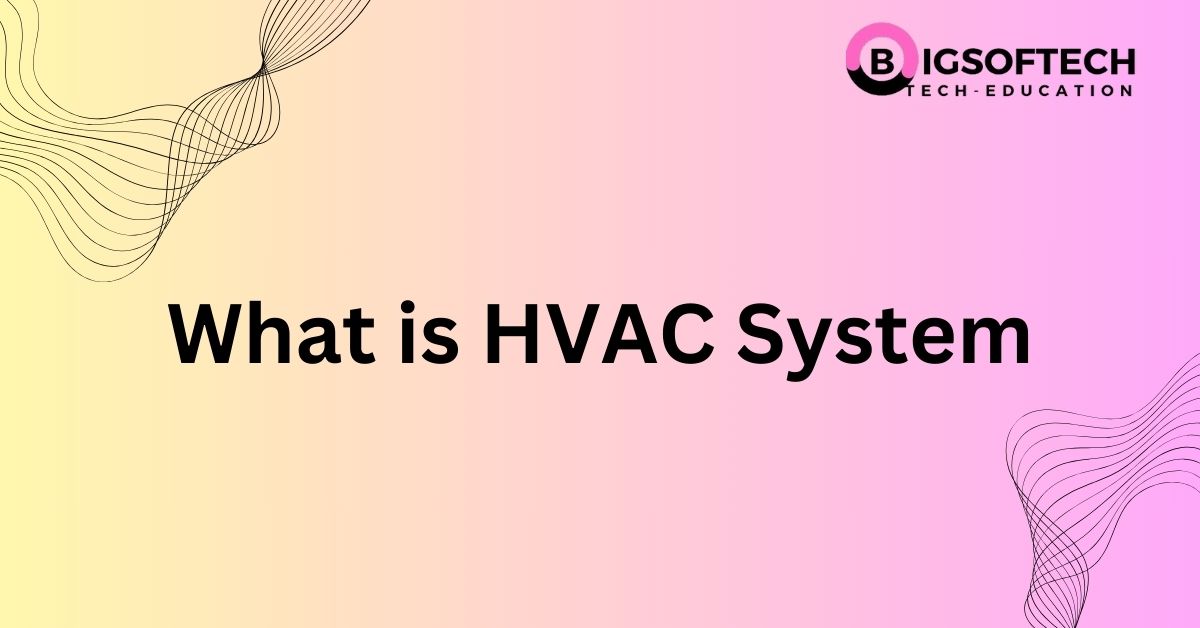Professional AC Service in Akbarpur Quality Cooling Solutions for Your Home
Experience unmatched AC service in Akbarpur! Keep your home cool and comfortable with our expert solutions. Book your service now and enjoy a cooler tomorrow!”
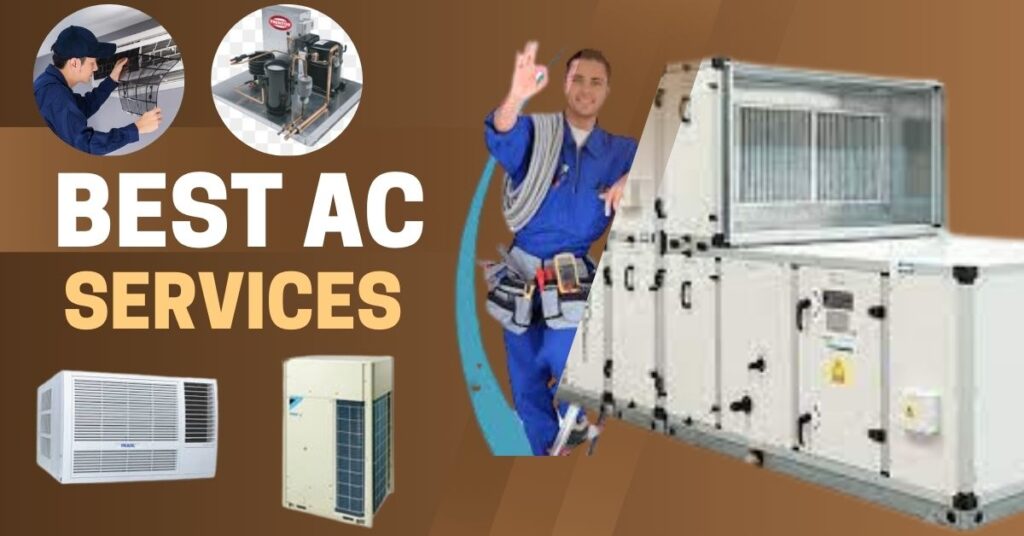
Best AC Service in Akbarpur
Reliable AC Service in Akbarpur: Your Go-To Solution for Comfort
Is your air conditioner not performing as it should? Don’t let the sweltering heat take over your comfort. At BIGSOFTECH, we offer top-notch AC service in Akbarpur to ensure your cooling system runs efficiently all year round. Trust our experts for all your AC service needs in Akbarpur and enjoy a cool, comfortable environment every day.

AC Service
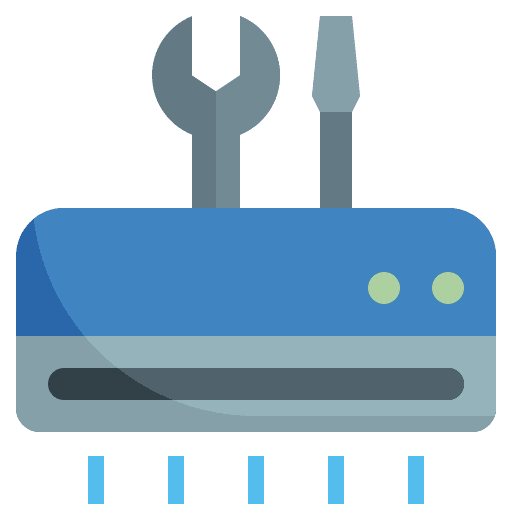
AC Repair

Washing Machine Repair

Fridge Repair

Painting Service
Electrical Service

Painting Service
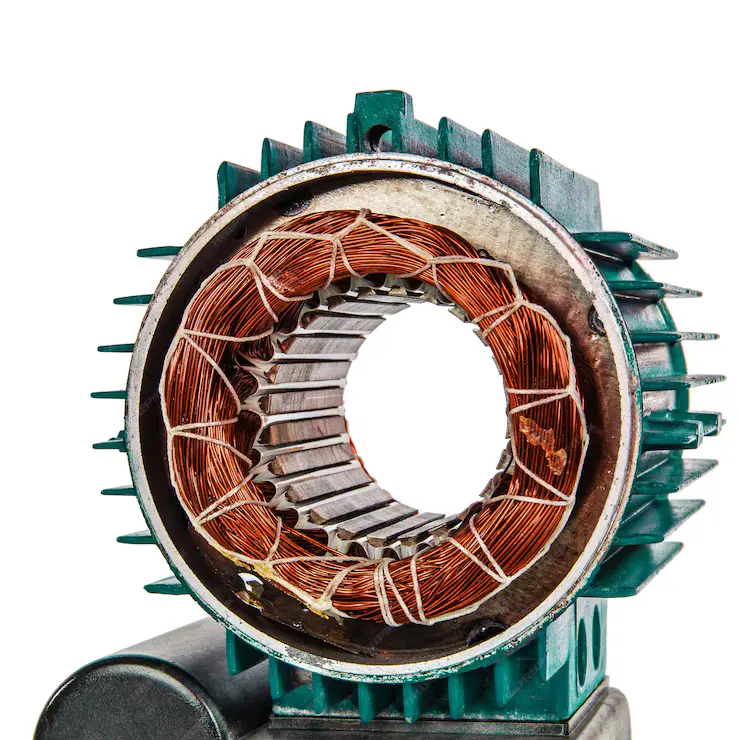
Motor Winding
Our Services

Window AC Routine Service
- Clean the air filters to ensure proper airflow
- Inspect and clean the condenser coils to remove dirt
- Check the refrigerant levels for best performance
- Lubricate moving parts like fan motors and bearings
- Inspect the overall condition of the unit,

Split AC Routine Service
- Clean the air filters to ensure proper airflow
- Inspect and clean the condenser coils to remove dirt
- Check the refrigerant levels for best performance
- Lubricate moving parts like fan motors and bearings
- Inspect the overall condition of the unit,
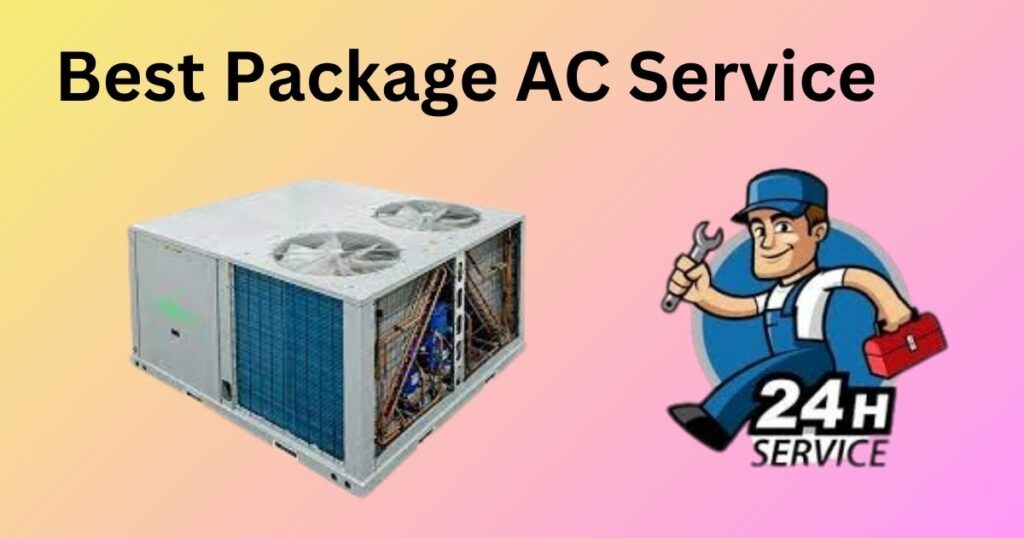
Package AC Routine Service
- Clean the air filters to ensure proper airflow
- Inspect and clean the condenser coils to remove dirt
- Check the refrigerant levels for best performance
- Lubricate moving parts like fan motors and bearings
- Inspect the overall condition of the unit,

Fridge Repair Service
- Check electrical part for proper working
- Inspect and clean the condenser coils to remove dirt
- Check the refrigerant levels for best performance
- Inspect the overall condition of the unit,
- Check condenser and capilary for leakage.

- Clean the air filters to ensure proper airflow
- Inspect and clean the cooling coils to remove dirt
- Check AHU Blower Motor and Belt
- Lubricate moving parts like Blower and bearings
- Check & Clean drain line of AHU.
- Inspect the overall condition of the unit,

Washing Machine Service
- Check Electrical Parts & Replace if Require.
- Inspect and clean area to remove dirt
- Check Wash Motor & Drum
- Check Spin Motor and Drum
- Check wash motor belt for tighten.
- Inspect the overall condition of the unit,
Top AC Repair in Akbarpur
AC Service in Akbarpur is your go-to destination for all your air conditioning needs. Our dedicated team specializes in providing top-quality services, including AC installation and AC repair service in Akbarpur. Whether you need routine HVAC maintenance in Akbarpur to keep your system running efficiently or a complete installation of a new unit, our skilled technicians are equipped to handle it all. We ensure that your home or business remains cool and comfortable throughout the year with our reliable and efficient solutions.
At our top AC service center in Akbarpur, we use the latest tools and technology to deliver exceptional service. We understand the importance of a well-functioning AC system, especially during the hot summer months. That’s why we prioritize quick and effective service to minimize any disruptions to your comfort. Trust us to provide the best AC service in Akbarpur, where customer satisfaction is our top priority. Experience unparalleled service and expertise with our team today.
Let's Discuss Your Issue
How Regular Maintenance will help you?
Regular Maintenance will Reduce Your Cost
- Improve Cooling Performance.
- Reduce Your Maintenance Cost.
- Consume less energy.
- Reduce your electrical bill.
AC Repairs & Maintenance Service
- High-Quality AC Repairs Service
- Experienced Certified Technician.
- 60-day warranty on spare parts
- AC AMC (Annual Maintenance) Plans Available
- You will get 30 days of warranty on service.
How Bigsoftech AC Service in Akbarpur Offer You The Best Quality Services?
Our team of skilled technicians is equipped to handle all your air conditioning needs, including:
Routine Maintenance: Regular maintenance is crucial to keeping your AC running smoothly. Our experts perform thorough inspections and tune-ups to prevent potential issues and enhance efficiency. Trust our AC service in Akbarpur for all your maintenance needs.
AC Repair: Whether it’s a minor glitch or a major breakdown, we provide prompt and reliable AC repair services in Akbarpur. Our technicians are trained to diagnose and fix problems quickly, ensuring minimal downtime. Count on our AC service in Akbarpur to keep your system running efficiently.
AC Installation: Need a new air conditioner? We offer professional AC installation services in Akbarpur to ensure your new unit is set up correctly and operates at peak performance from day one. Our AC service in Akbarpur guarantees a seamless installation process.
Emergency Services: AC emergencies can happen anytime. That’s why we offer 24/7 emergency AC service in Akbarpur to address any unexpected issues promptly. Rely on our emergency AC service in Akbarpur to restore your comfort quickly.
Why Choose Our AC Service in Akbapur?
- Experienced Technicians: Our team comprises highly trained and experienced technicians who are experts in handling all types of AC systems.
- Customer Satisfaction: We prioritize customer satisfaction and strive to provide services that exceed your expectations.
- Affordable Rates: Quality service doesn’t have to break the bank. We offer competitive pricing without compromising on quality.
- Quick Response: We understand the urgency of AC issues, and our team is dedicated to providing fast and efficient service Don’t let a malfunctioning
- AC disrupt your comfort. For reliable and professional AC service in Akbarpur, contact BIGSOFTECH today. Schedule your service appointment and experience the difference in your indoor comfort.
Benefits of Regular AC Maintenance: Why You Need AC Service in Akbarpur
Regular AC maintenance is crucial for ensuring the efficiency and longevity of your air conditioning unit. By scheduling routine AC service in Akbarpur, you can enjoy a range of benefits that contribute to a comfortable and cost-effective living environment. Here are some key advantages:
Improved Efficiency and Lower Energy Bills
Regular AC servicing ensures your system operates at peak efficiency. A well-maintained AC unit uses less energy to cool your home, resulting in lower utility bills. If you notice your energy bills are higher than usual, it might be time to look for AC repair in Akbarpur to get your system checked. Servicing your AC unit is crucial for several reasons. Whether you’re searching for “AC repair near me,” “service near me,” or an “AC service center near me,” understanding the importance of regular AC service in Akbarpur can help ensure your system runs efficiently and reliably. Here are key reasons why AC service in Akbarpur is essential:
Enhanced Efficiency: Regular AC service in Akbarpur keeps your system running smoothly, reducing energy consumption and lowering utility bills.
Preventative Maintenance: Routine AC service in Akbarpur helps identify and address potential issues before they become major problems, saving you time and money on costly repairs.
Extended Lifespan: With regular AC service your air conditioner can last longer, providing you with reliable cooling for many years.
Improved Air Quality: Regular maintenance and cleaning as part of AC service in Akbarpur ensure that your system circulates clean air, reducing allergens and improving indoor air quality.
Consistent Comfort: Regular AC service in Akbarpur ensures that your home remains cool and comfortable, even during the hottest months.
Enhanced System Longevity
Routine maintenance can significantly extend the lifespan of your AC unit. Just like any other machinery, neglecting your AC can lead to wear and tear, causing it to break down prematurely. Scheduling regular check-ups with an AC service center in Akbarpur can help catch potential issues early, ensuring your system lasts longer. With our professional AC service in Akbarpur, you can maintain your unit’s efficiency and avoid unexpected breakdowns. Trust the experts at our AC service in Akbarpur to keep your cooling system running smoothly and efficiently.
Better Air Quality
An unserviced AC can accumulate dust, mold, and other pollutants, which can circulate throughout your home. This can lead to health issues, especially for those with allergies or respiratory problems. By finding an AC service provider in Akbarpur, you can ensure your AC is cleaned and filters are replaced, improving the air quality in your home. Regular AC service in Akbarpur is essential for maintaining a healthy indoor environment and protecting your family’s well-being. Trust our experienced team at AC service in Akbarpur to keep your air conditioner running smoothly and your home’s air quality pristine.
Prevent Costly Repairs
Regular servicing can help identify and fix minor issues before they turn into major problems. This proactive approach can save you from costly repairs or even the need to replace your entire unit. Searching for AC repair near me can connect you with professionals who can provide these preventive services. By scheduling regular AC service in Akbarpur, you can ensure that your cooling system remains in top condition and avoid the inconvenience of unexpected breakdowns. Trust our skilled technicians at AC service in Akbarpur to keep your AC running smoothly and efficiently all year round.
Consistent Cooling Performance
A well-maintained AC unit provides consistent cooling performance, ensuring your home stays comfortable during hot weather. If you notice uneven cooling or your AC is struggling to maintain the set temperature, it might be time to visit an AC service center in Akbarpur for a thorough inspection. With professional AC service in Akbarpur, you can address any issues promptly and restore your cooling system’s efficiency. Trust our experienced technicians at the AC service center in Akbarpur to diagnose and fix any problems, ensuring optimal performance and comfort in your home.
Compliance with Warranty Requirements
Most AC manufacturers require regular maintenance to keep the warranty valid. Failing to service your AC can void the warranty, leaving you responsible for any repairs or replacements. Checking in with an as service me provider can help you stay compliant with these requirements.A well-maintained AC unit provides consistent cooling performance, ensuring your home stays comfortable during hot weather. If you notice uneven cooling or your AC is struggling to maintain the set temperature, it might be time to visit an “AC service center near me for a thorough inspection.

